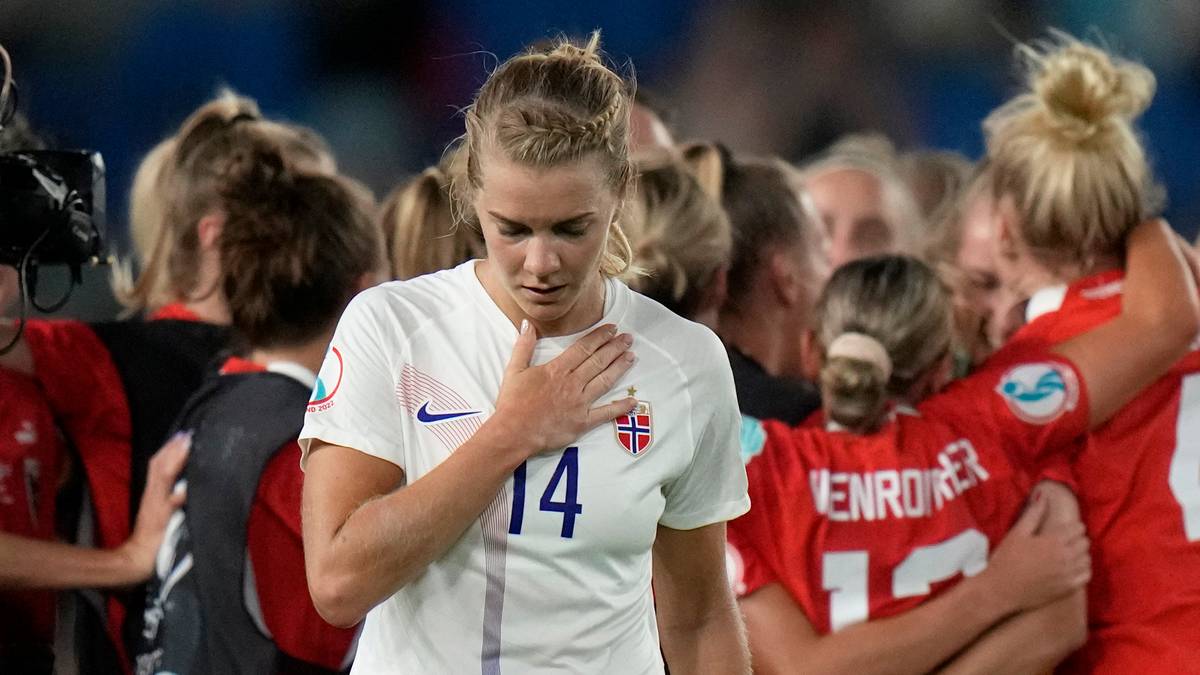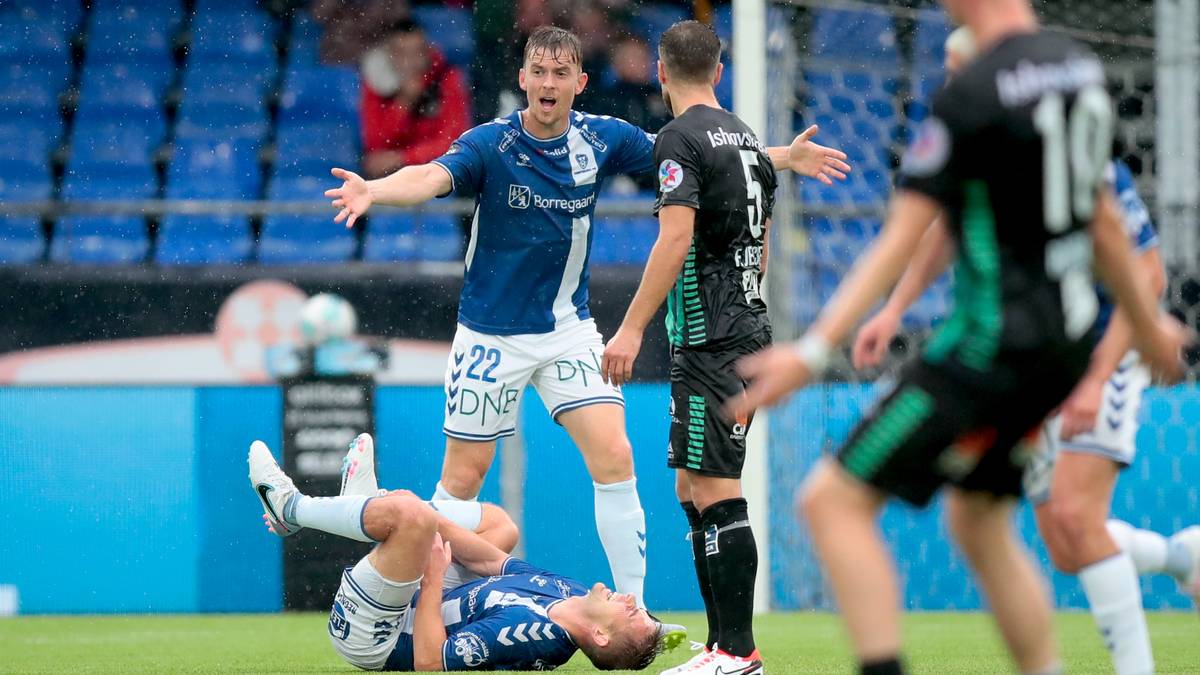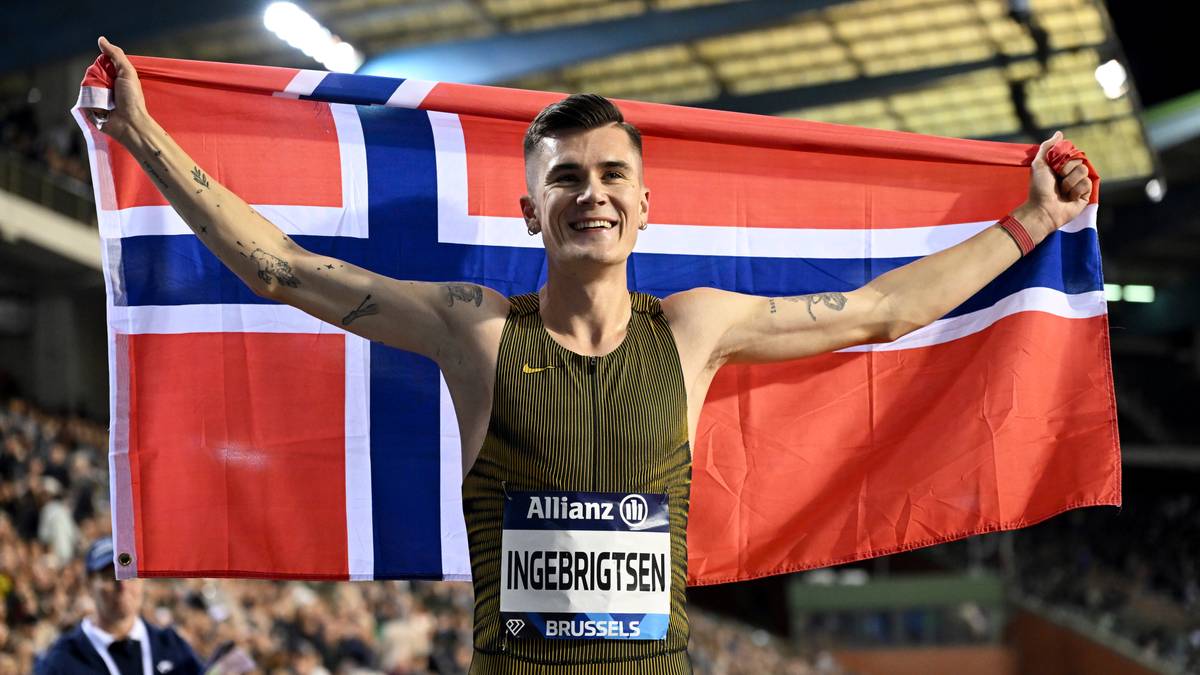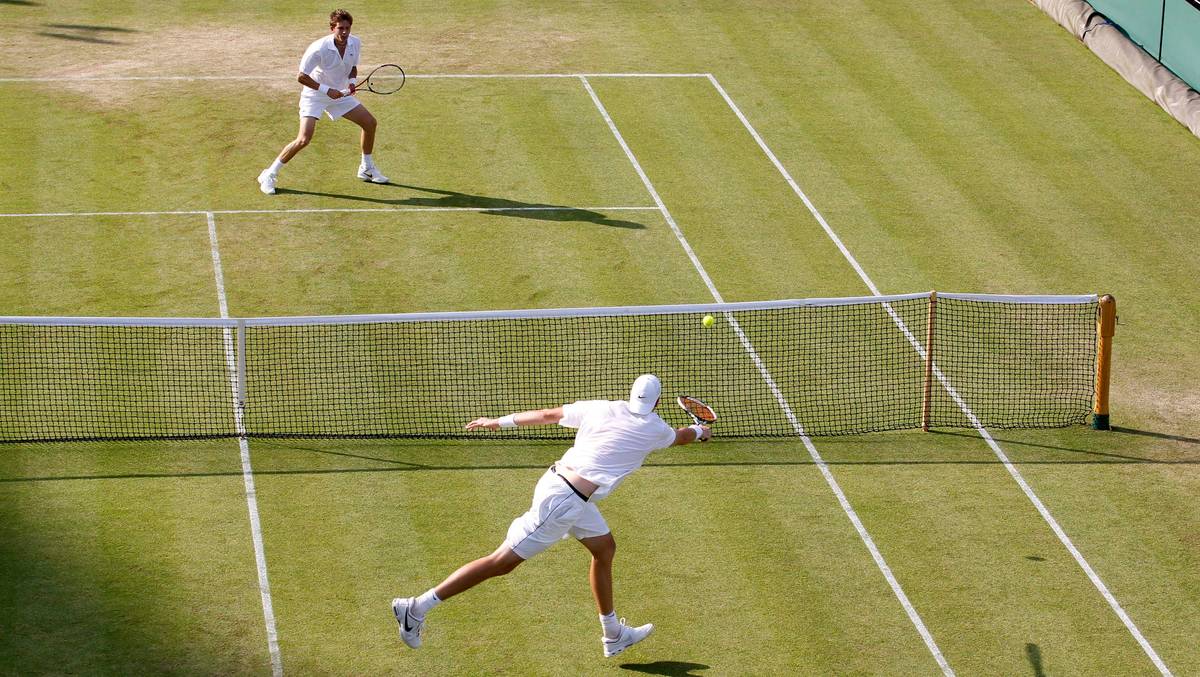Time passed quickly on the women’s side. This is bad news for Norway.
Nine years ago now the national team reached the final of the European Championship. Longer than it sounds, because at the time, women’s football was experiencing decades of growth on the men’s side.
The great powers have taken over the Nordic countries. Norway’s disastrous European Championship is not just about coach Martin Sjögren, but about a small country that from time to time will struggle to compete with the giants.
Norway can no longer just play party football. They have to accept their role as underdogs and outsiders, and thus make it harder to destroy.
In fact, there are similar teams that have shown how this can be solved.
And that is the Norwegian men’s national team.
STARS: Where the women’s team is struggling, the men’s national team has become a tightly structured team, which has managed to capitalize on the star capacities of Martin degaard and Erling Braut Haaland.
Photo: Beate Oma Dahle / NTB
Multiple parallel
Both teams have some top-class creative players, plus a striker so good we had to pinch our arms. The guys have Martin degaard and Erling Braut Haaland.
The ladies have Caroline Graham Hansen, Guro Reiten and Ada Hegerberg.

PROFILE: Caroline Graham Hansen.
Photo: VEGARD GRØTT / BILDBYRÅN
These names are constantly being made on both sides when arguing about what Norway is Should reach. But we know what they can do. The key is the rest of the team.
Here, Ståle Solbakken has welded the sections of the seam together with a density, layer spirit, and tight structure. gentlemen can played good football, but they were first and foremost solid. As long as the defense was tight, they knew that the geniuses at the front would create something.
It’s made to beat a supposedly better team. The men are now top of their group in the National League with three wins in four games.
Women need a similar strategy. As World Cup qualifiers resume in September, Norway will have to find a style that takes the distance to the best. This has been great.
We’ve seen that this summer.
Surprised
The most important measure is England, who crushed Norway 8-0 in the group. Even the English team was surprised by the level difference.
Is isn’t Norway better?

THE COACH: There are concerns about national team manager Martin Sjögren after Norway were knocked out of the European Championship.
Photo: Terje Pedersen / NTB
The answer is yes, that’s all. This team should can reach the quarter-finals. Criticism of Sjögren is well deserved, and it’s hard to remember many coaches being allowed to keep their jobs after the European Championships with zero points and zero goals, as the Swede did in 2017.
At the same time, it’s easy to forget how fast women’s football has grown in countries like England. It’s not just Norway that has stagnated.
Many other countries have improved. Lots better.
Big three years
Let’s take a look at the balance of power between the UK and Norway over the last three years. In 2019, they met at the World Cup, with Sjögren as coach. England won 3-0, but the numbers behind were not so crazy for Norway.
England won 16-12 shooting statistics. Ball possession is 50-50.
When the two teams met again in a friendly in Bergen two months later, Norway won 2-1.
Three years later, the gap has become huge. At the European Championships, England won 26-3 shooting statistics. They had the ball, with 61 percent possession. They decided everything after half an hour.
Okay, England are playing at home and have a brilliant coach in Sarina Wiegman. But Norway has Hegerberg, who left in 2019. If you want to find an explanation, you have to look at a lot more than the two teams and the coach.
One has to take into account the changes in English women’s football as a whole.
Half a million new players
A lot has happened here. It was already one year before the World Cup, in 2018, England’s top league became 100 per cent professional. All clubs must provide players with contracts with at least 16 hours of work a week, as well as run their own academies.
In the following years, several big clubs invested in their women’s teams. Today, 11 of the 12 teams in the top series belong to the club that has a men’s team in the Premier League. It generates billions per year and can pour resources into the team. In addition, the top leagues have received sponsorships and TV deals whose value has increased dramatically.
Then you have the English Football Association.
In 2017, they started plans to increase the number of players, teams and gyms on the women’s side. Three years later, the number of teams increased by 54 percent. The number of players, regardless of age and level, reached 3.4 million.
This is an increase of half a million in three years. The more popular women’s soccer becomes, the more the country’s 56 million residents will be mobilized as fans, coaches and players.
For Norway, with 5.5 million inhabitants, it will not be easy to keep up.
Progress in Southern Europe
England is not alone.
The Netherlands are becoming a great power, as Norway suffered with a 0-7 defeat last year. France and Germany were founded. And keep an eye on Southern Europe.
Spain did not reach the World Cup until 2015 and are only in the European Championship for the fourth time. Still, they are one of the favourites, even without their two biggest stars, Alexia Putellas and Jenni Hermoso. They have 47 million inhabitants, a raw football culture and the two biggest clubs in the world in Barcelona and Real Madrid, both invested in their women’s teams.

SPANISH STARS: Alexia Putellas wins the Golden Ball in 2021.
Photo: ANDY BUCHANAN / AFP
Italy? They are far behind, but there the top division will be professional next season. Portugal reached its first tournament in 2017 and recently drew a draw against the Netherlands in its group.
Both Italy and Portugal beat Norway in the Algarve Cup earlier this year.
And while it is satisfying that the Norwegian U19 team reached the final of the European Championship this summer, it is still a long way from that level to meet the A-teams to England and the Netherlands.
Quality at all levels
Then you can say that Norway has players in some of the best teams in the world. But as some have said, some of them are fighting for permanent places, including Julie Blakstad (Manchester City), Frida Maanum (Arsenal) and Ingrid Syrstad Engen (Barcelona).
In the Norwegian defence, Maren Mjelde has not started a league game for Chelsea since his injury. Against Austria he played with Blakstad, Tuva Hansen, Guro Bergsvand and goalkeeper Guro Pettersen. The last three played in Norway’s Toppserien.
Although Toppserien is developing, he is far behind from the big leagues in Europe. There was no Norwegian team in the Champions League last season.

TOP SERIES: Norway’s top division of women’s football is ranked only 12th in Europe.
Photo: Marit Hommedal / NTB
In the European Football Association league rankings, based on their tournament results over the last five years, Norway is in 12th place, behind Iceland and Kazakhstan.
In comparison, England have top players at all levels. Even Austria have three players from the Premier League, plus six of the top three teams in Germany.
Stars in the eyes
As such, it’s easy to get a star in the eyes of names like Hegerberg, Hansen and Reiten, without taking into account that the rest of the team has to stick together.
It gets really bad when the organization is weak like in the European Championships.
So Norway had to adapt to this new world. It would be impossible for the national team to lose 8-0. The fight against the big one should be enough for the stars to decide.
Something must happened, because it couldn’t go on like this. It doesn’t get any easier. And it couldn’t be much worse.

DOWN: PSG-Celin Bizet played under pressure after losing to Austria.
Photo: VEGARD GRØTT / BILDBYRÅN

“Infuriatingly humble coffee guru. Travel practitioner. Freelance zombie fanatic. Certified problem solver. Food scholar. Student.”





